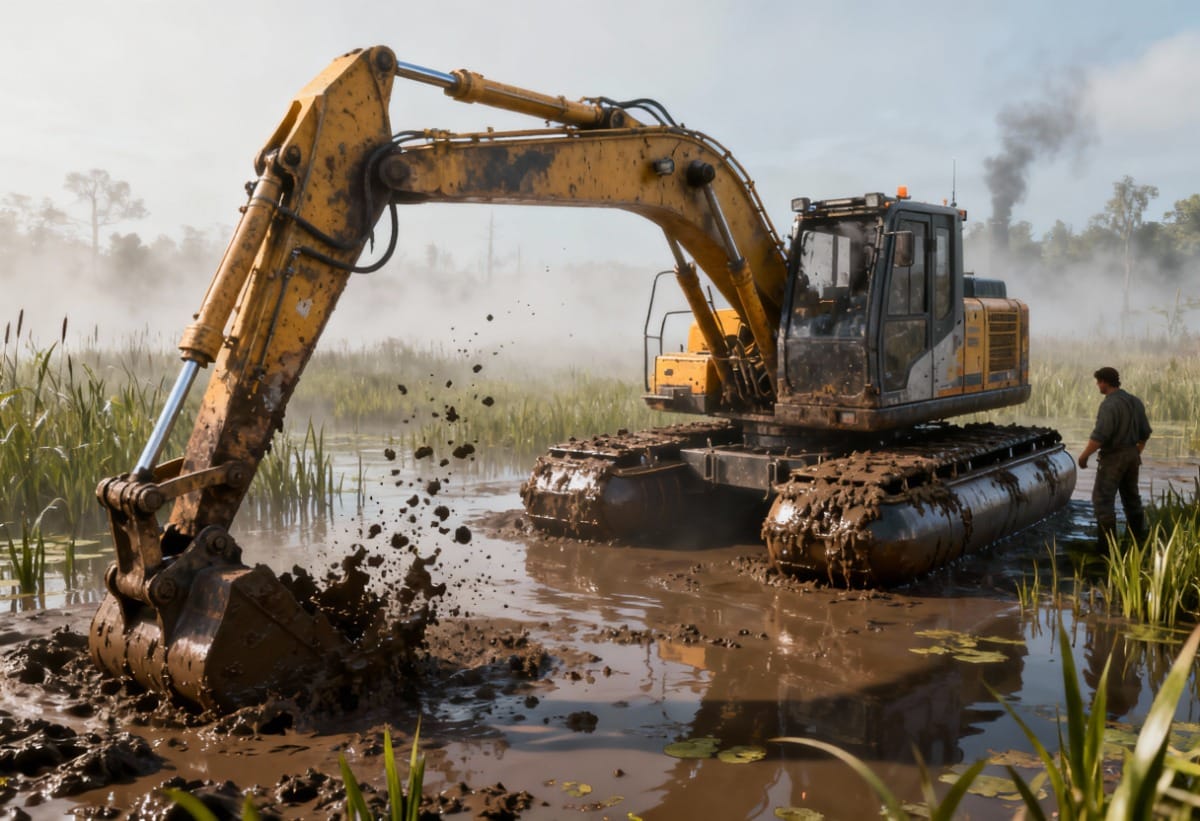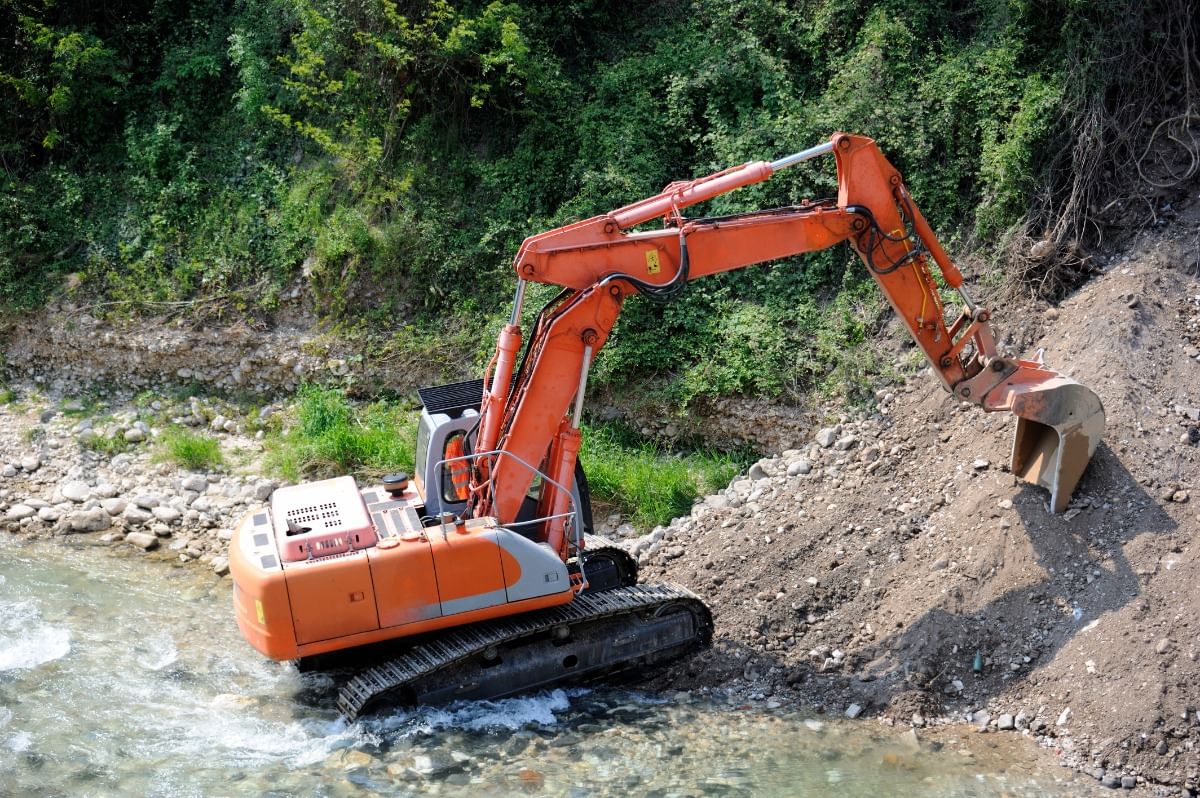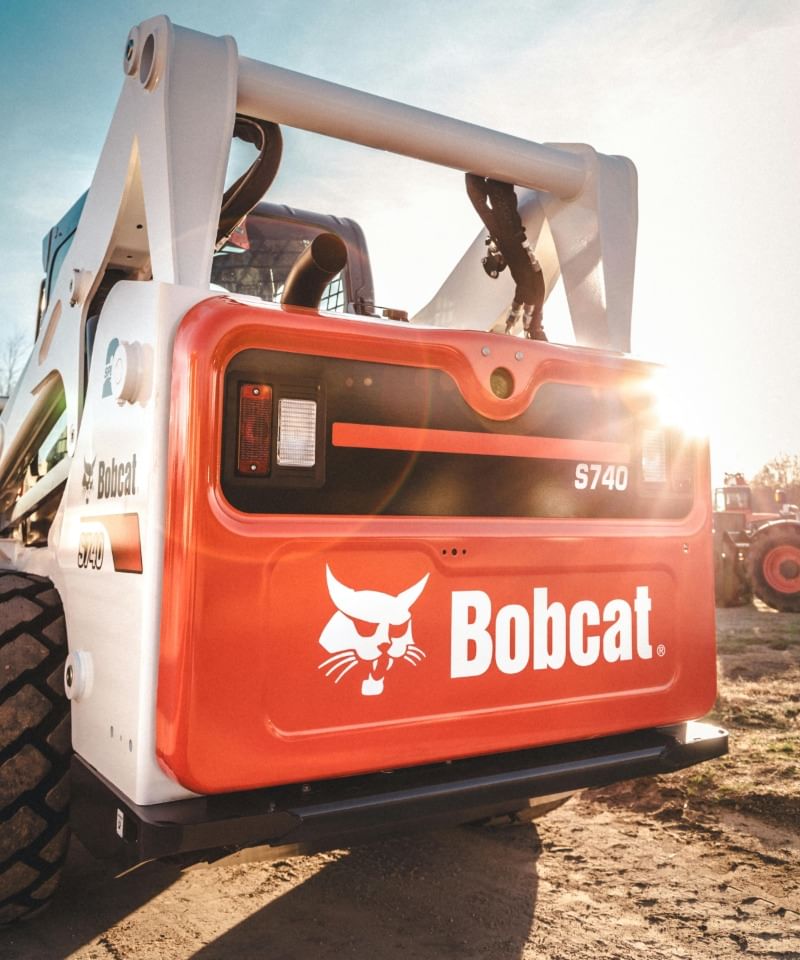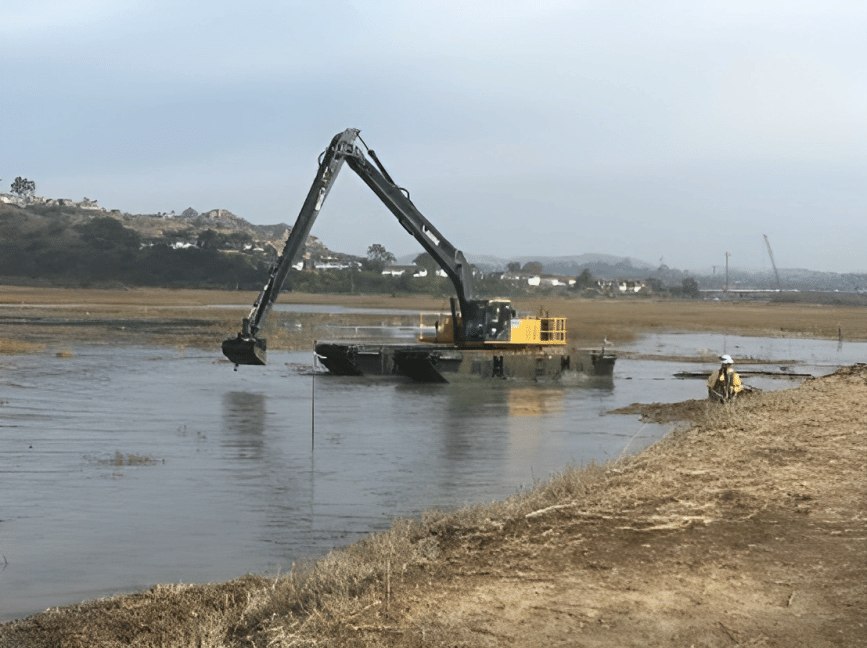Bobcat Mini Amphibious Excavators
Jobs Where Mini Amphibious Excavators Shine
Teams choose mini amphibious units when access is limited, budgets are tight, and deadlines cannot slip. Typical use cases include:
- Vegetation clearing in wetlands and retention ponds.
- Silt and sediment removal along canals, ditches, and stormwater basins.
- Shoreline stabilization and minor riprap placement at low tide or drawdown.
- Utility work in saturated rights-of-way where mats and haul roads are impractical.
- Environmental remediation and habitat restoration that require gentle travel.
Bobcat Compatibility and Sizing Considerations
Successful builds start with the right pairing of machine weight, auxiliary hydraulics, and intended workload. Wetland Equipment supports select Bobcat mini excavator classes, generally in the compact range where operating weights and auxiliary flows align well with amphibious undercarriage geometry. Fitment depends on model, counterweight configuration, stick length, and attachment plans, which is why our team confirms the specifics before recommending a platform.
Proper matchups protect performance and safety. Operators gain the stability they expect, attachments run at the flow they require, and the machine keeps its freeboard margin even under dynamic loads. Project goals guide the recommendation, whether the priority is light dredging with a pump or precise ditch shaping with a grading bucket.
Attachments That Multiply Capability
A compact amphibious platform becomes a high-value site tool when you rotate attachments to fit the day’s tasks. Popular options include:
- Dredge pumps for sediment and slurry movement.
- Heavy-duty ditching and grading buckets for shaping and cleanout.
- Hydraulic thumbs for debris handling and selective placement.
- Rakes and cutters for aquatic vegetation management.
- Tilt couplers for fine grading on banks and embankments.
